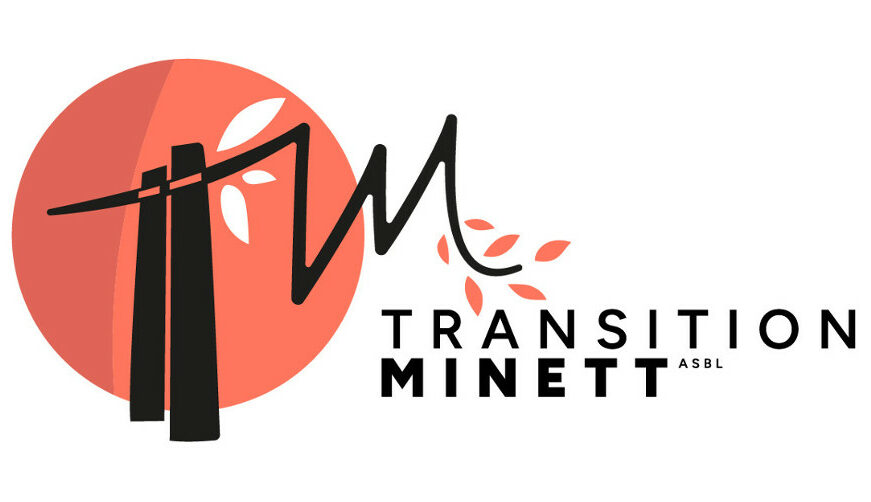
Let’s start with why I decided to write this article
I had already read and heard about some of the impacts caused by fast fashion via Instagram posts or online articles, even saw some short documentaries about it. However, it was mostly after reading this French book ‘’Une mode éthique est-elle possible?’’ by Majdouline Sbai, that I started to get more into this topic. I no longer feel the same way entering a fast-fashion store now that I’m more aware of what goes on in this industry. But I also feel the urge to tell others about it before it’s ”too late” and we no longer can save the planet anymore. Unfortunately, the book is only available in French, but I’d highly recommend it! Before getting into it I would also recommend the documentary ‘’ The True Cost’’ that explores the impact of fashion on people and the planet.
Let’s continue with the definition
You might have heard of many concepts linked to ethical fashion such as up-cycling, local production, eco-design, organic cotton etc… Besides, it is not always called ethical fashion, it can also be called sustainable fashion, eco-responsible fashion, slow fashion, or conscious fashion. But what is ethical? And how is it measured?
There is no concrete definition of this term since everyone has their own vision of what ethical is and isn’t. But in general, it’s a question of operating according to moral values: respect for people, the planet and of oneself, aiming to reduce the negative impact on all three.
Ethical brands do their best to be more transparent and can answer questions such as ‘’where is the garment produced? What are its components? Are they pesticide-free? What are the conditions of its manufacturing?’’ – unlike fast fashion brands. However, In the end it’s really more about values rather than rules and each ethical fashion player, regardless of agreeing with each other on the term ‘’ethical’’, always goes in the same direction: a less destructive fashion for humans and the environment.
What if I told you that you could be fashionable and help the environment at the same time?
The rate at which we’re using resources isn’t sustainable for our planet, nor is it necessary. If we want to have a positive impact on our environment and continue existing on this beautiful planet, we need to address this issue now, because at the pace we’re currently going, we won’t be able to in the future anymore.
We should bother with ethical fashion, because as said Mahatma Ghandi, “there is no beauty in the finest cloth if it makes hunger and unhappiness.”
What is the solution?
Switching our consumption habits to more sustainable and ethical ones is a difficult process. Especially, since we live in a consumerist society and seem to be stuck in a vicious cycle, basing our life on consumption. In addition, for the first time in history, the global environmental and social problems, but also the solutions, seem to be beyond our understanding and out of our reach.
Frankly, there is no such thing as the perfect solution. Instead, there are plenty of interesting alternatives, each presenting their own advantages and disadvantages. Let’s go through a few different facets of ethical fashion that will help you form your own opinion and guide you to do your part.
What is the problem of today’s fashion or also called ‘’fast fashion’’?
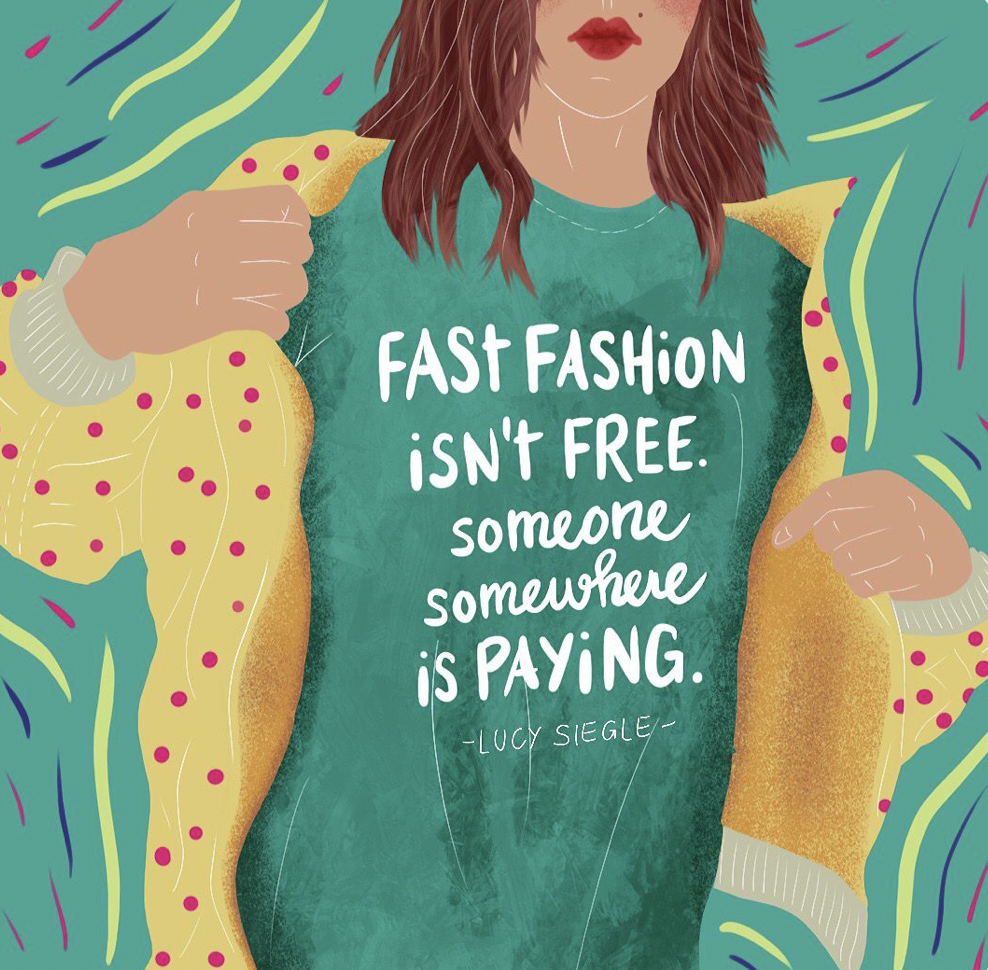
For the last 20-30 years, the fashion design and manufacturing process has become extremely complex. To the point that today, big and small fashion brands seem to be unable to identify and to control their entire production chain.
Fast fashion has now become the dominant model in the fashion industry. The whole concept is about producing in a record time, constantly renewing collections, permanently offering new products in physical stores or online, and encouraging more frequent purchases. By doing so, 140 billion pieces of clothing are being produced worldwide each year.
And while 20 years ago distributors only offered two ready-to-wear collections per year: spring/summer and fall/winter, they have now gone to 52. For this to work, fashion needs to be disposable, and the goal is therefore to buy more, cheaper, for lower quality clothing which at the same time uses low-cost labor to meet this low-price requirement.
All of this has been happening over the past decades, without considering the garment workers’ human rights or even the horrific environmental impacts it is causing. The volume of production, the low financial means devoted to manufacturing, the rhythm of the collections and the permanent sales are what make fast-fashion unsustainable today.
With so many aspects to tackle, we might feel overwhelmed or discouraged to start our ethical fashion journey. Faced with such complexity, it’s good to remember that even though there’s no global solution, there are thousands of local solutions, and we must never forget that small changes end up making a big difference.
Let’s start from the beginning of each garment
One of the biggest differences between ethical fashion and fast fashion lies in the production process and in the thought given to the lifespan of the garments. While fast fashion is focused fabric and promotes fashion that’s less destructive for us and the environment. The wages of the people who produce the material are also considered in the ethical fashion process.
Ethical fashion and textiles
Our clothes are made from many different fabrics, but the 2 main categories are ‘’natural fibers’’ and ‘’synthetic fibers’’.
Natural fibers exclude synthetic fibers and are obtained from nature (ex: linen, cotton, silk, wool, hemp, cashmere). However, we need to be careful if their origin is natural, because they can be produced intensively and have a significant impact on the environment. The best-known case is cotton alone, which consumes 1/4 of the planet’s pesticides. Nevertheless, the advantages of these fibers are:
- better for our health
- not using oil for their manufacture (unlike synthetic fibers)
- not participating in the pollution of the oceans with micro-plastics (discharged by abrasion of synthetic fibers during washing).
Synthetic fibers are completely manmade and essentially made from plastic (ex: polyester, nylon, lycra). More than 60% of clothes are made with synthetic textiles derived from oil, like nylon but mostly polyester.
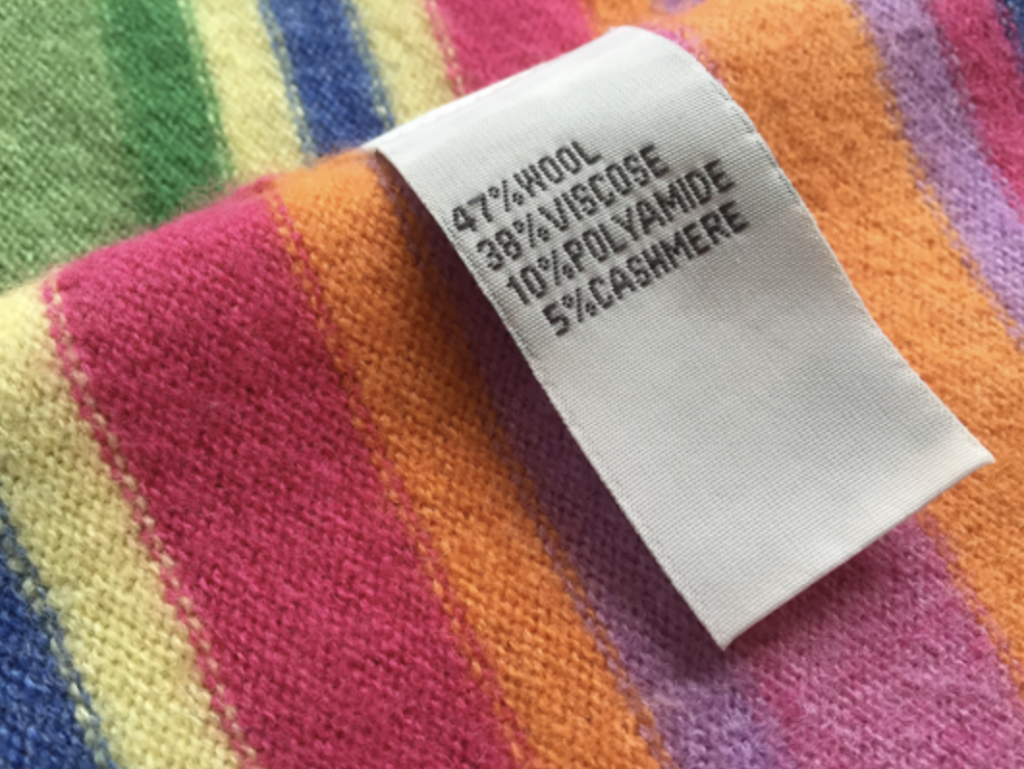
The fashion brands love them because they are cheap, durable and easy to adapt to many purposes. But those synthetic fabrics shed large amounts of microfibers, especially when machine washed, but also while being manufactured, and even just worn. Which is another problem the poor quality of fast fashion items is causing us.
Since plastic isn’t biodegradable, these synthetic fabrics release ‘’microplastics’’ often invisible to the naked eye into the air and our wastewater systems, and from there arrive into our rivers, lakes and oceans. For instance, Lake Geneva, the biggest lake in Europe, is almost as polluted as the ocean with micro-plastics, causing huge environmental issues.
In short, ethical fashion considers the impact of using materials to make clothing. Linen, cotton, polyester, denim; each fabric has a different impact on the planet and its people. It is therefore important to carefully choose what our clothes are made from and of course to prioritize natural fibers over the synthetic ones and preferably organic to avoid pesticides. Choosing the lesser impact is what ethical fashion is all about.
Ethical fashion and tailoring
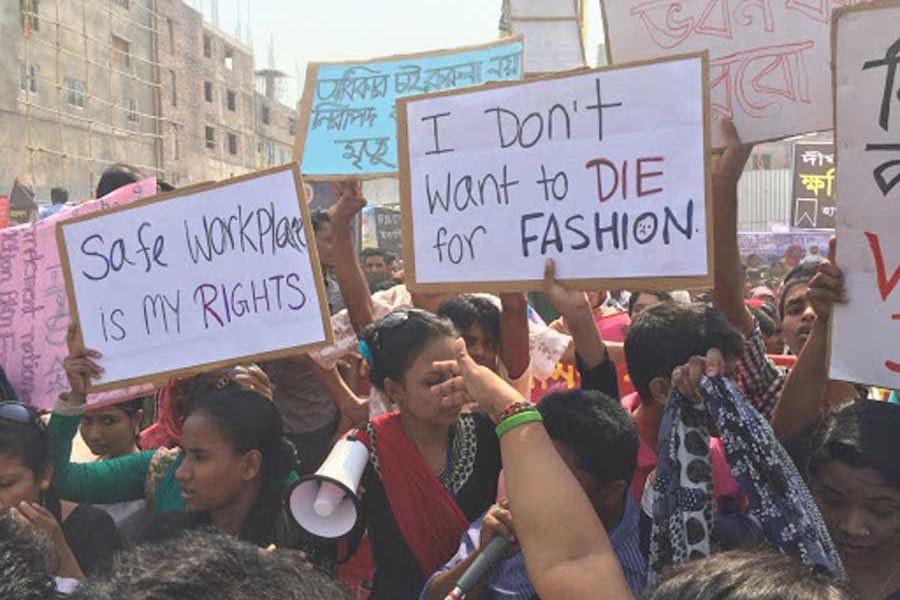
As mentioned before, this is a sector where there is massive violation of human rights at work. Fast fashion is responsible for the abuse and exploitation of not only the planet’s natural resources, but also the people who make our clothing. 1 in 6 people work in the global fashion industry, and most are earning less than $3 a day. Exploited, underpaid and put in terrible working conditions, is what these people go through every single day. Basic rights such as access to clean drinking water or decent temperatures inside the factories, is unknown to them. Even though the Rana Plaza tragedy in 2013 (killing at least 1,132 people and injured more than 2,500) forced the world to recognize the wickedness of the fashion industry, the problem remains the same years later.
We should bother with ethical fashion because we’re all human. The emotional and mental stress of a cotton farmer and the conditions of garment factory workers wouldn’t be wished to anyone, so let’s take them in consideration. The tragic event of the Rana Plaza should have never taken place and serves as a cruel reminder as to how important ethical production is.
There are many aspects that can make the production of garments more ‘’ethical’’ In terms of tailoring. Let’s go through some ethical fashion concepts.
Fair trade manufacturing:
Fair trade clothing responds to the problem of non-respected workers in this sector. While 430 million are thought to work in fashion and textile production worldwide, these jobs are often badly paid, physically difficult, devalued, with few or non-existing security conditions and offer no prospect of development. Fair trade clothing responds to this problem by committing to respecting labor standards.
Made In Local:
Made In Local is generally made in France and on the rise now, but faced with the difficulties of finding all the appropriate suppliers locally, it sometimes turns into made in Europe. In this case, we are not talking about fair trade since French and European labor standards are already very high and are most probably respected since there are more frequent controls. The goal of this concept is to relocate certain industrial activities in our consumer countries, making it possible to recreate local jobs and limit polluting emissions linked to transport (although the raw material, the fabric/fiber often still come from the other side of the planet).
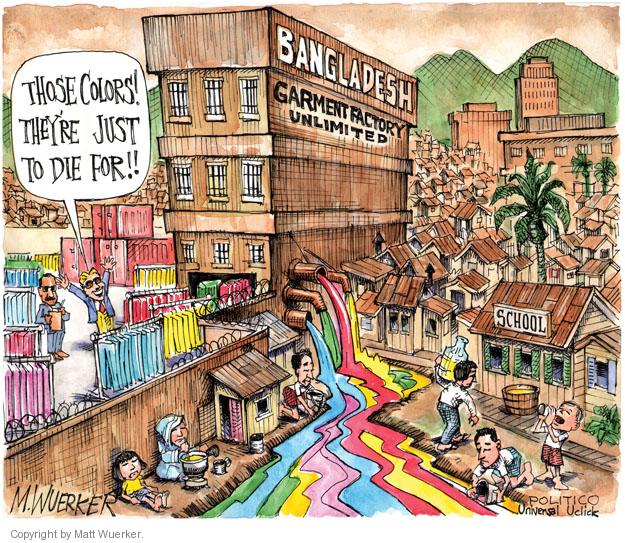
Dyes:
However, the general method within the fast fashion industry is dyeing clothing with chemicals and pollutants to give them that perfect shade of pink, orange, or whatever is “on trend”. Also, did you know that in China, they say you can tell the popular color that season by the color of the rivers?
And while we’ve swapped to easier, cheaper, and brighter colors that bring along a bunch of disadvantages, most of them are fabricated in developing countries with no regulations. Even if certain standards exist, there is no effective means of control. As a result, pollutant emissions are increasing exponentially every year, flowing into water ways, contaminating drinking and bathing water of surrounding villages.
The repercussions of irresponsible dye use may lead to stillbirths, mutations, and other life changing conditions, along with the destruction of plant life and ecosystems. The disadvantages of these dyes, such as environmental pollution and human health, have long been neglected.
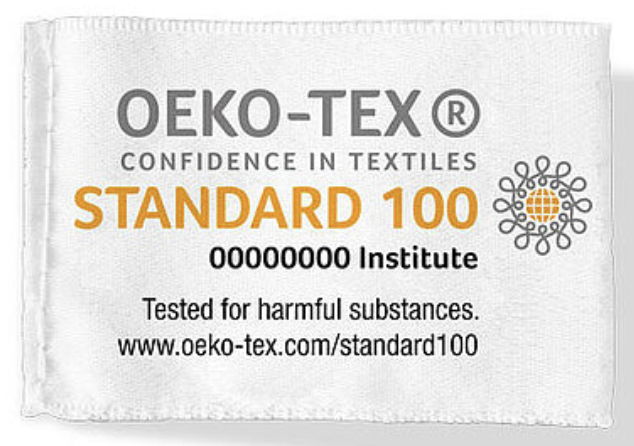
To not participate in this, you can buy ethical fashion which focuses more on ethical dyeing processes. These dyes have often been replaced by natural ones (certifies the absence of the 100 most dangerous pollutants), recycled dyes, or even better no color change at all. The price to humanity and the environment of conventional dyes and processes just isn’t worth it.
But why is ethical fashion expensive?
Ethical fashion is usually pricier because the whole concept is the exact opposite of fast fashion that we have gotten so used to. The whole process is taken into account: from the materials used to the wage the garment workers were paid to create the garment – that’s what ends up costing it a bit more. The respect towards garment workers who are well-paid and fairly treated, the preservation of the environment by using better cotton or carbon neutral shipping service to import garments, or simply the fact that we wrap our body with these natural and more sustainable garments is definitely worth the price they come with.
Any ethically-made garment should be viewed as an investment. It is made to last, unlike fast fashion clothing. When you pay for an ethical and sustainable piece of clothing, you are investing in each individual time you will wear it, a concept called “cost per wear”. (Cost per wear describes the price you pay for a garment, divided by the amount of times you wear it. For instance, if you buy a garment for $100, and wear it 4 times, that garment cost you $25 each time you wore it. So, if you end up wearing this item once a week, in one year you will bring the cost per wear right down to $1.92307692308 – less than half of the price of your daily coffee.)
Start your own ethical fashion journey!
Globally, an estimated 92 million tons of textiles waste is created each year. The equivalent to a rubbish truck full of clothes ends up in landfill sites every second. Let’s see what we as consumers can do to reduce this number and how to adapt a more ethical fashion.
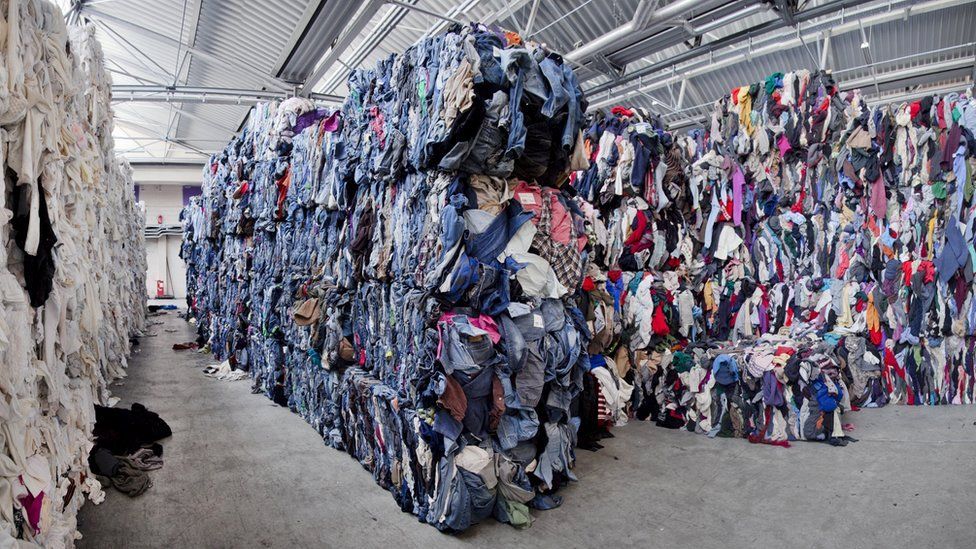
1. Change the way you consume: from having to being
Joining an association, educating yourself and choosing more durable clothes is already a big step, but to have a profound change, we must question our relationship with objects. We live in a consumerist society, and we have been consciously and unconsciously programmed to consume as much as possible. That’s why when we buy clothes, we should ask ourselves: “Does this meet a well-considered need or am I simply looking for happiness, well-being?”, ”Don’t I already have something similar?”.
Once we realize our overall volume of consumption is depleting natural resources, but also that the employees who produce it are being exploited, we can reflect better on our environmental and social impacts for each act of purchase and allows us to stop over-consumption.
2. Get back to basics
Stop buying these temporary trends and start buying trend-defying basics. This could be a pair of quality-made denim jeans, or a timeless ethically made top or a jacket that has been designed for versatility and durability. Buying basics and staple pieces for your wardrobe will save you a lotof money in the long run.
3. Choose your clothes well and take care of them
Finding your style is very important and useful, because if we feel good in our clothes, we’re less likely to get rid of them. As a result, we buy less and keep items longer.
We are often seduced by the major trends of a season or an era, that we end up forgetting that everything doesn’t suit everyone. We must therefore try to identify the clothes that give us the feeling of being true to ourselves. To find these clothes, they must be adapted to our mode of existence. What are my days made up of? What is my job? What is the climate? How do I move? These questions should be answered before choosing.
To keep your clothes the longest time possible, you must follow the instructions on the care label (how to wash, dry etc.; air drying clothes is of course the most ecological alternative).
4. Repair, Recycle, Rewear, Resell
Even if we adopt a more responsible consumption or the “Zero Waste” approach, we sometimes will still need to say goodbye to a piece of clothing. Instead of simply throwing it away, here are some alternatives to ensure your wardrobe remains ethical and sustainable.
First, we can give it a second life ourselves by repairing it or bringing it to a seamstress (filling holes, fixing rips, or removing stains that seem impossible to get rid of). By doing so, we end up saving money and keeping unnecessary waste out of landfills.
It’s also possible to transform and customize it (examples: embroider an old sweatshirt, cotton shirts can become makeup removing pads or grocery bags!). You’d be surprised at how many books and videos exist offering an infinity of ideas!
Finally, we can donate the clothes we no longer wear to relatives or associations that make the less fortunate benefit from these donations. Last but not least, reselling our clothes on specialized websites or in consignment stores is also an option (examples of sites: Le Bon Coin, Vinted, Facebook marketplace)
5. Buy second hand
Buying second-hand remains an economic and ecological solution that prolongs the life of a garment. Nowadays it’s very easy to find secondhand clothing: Depop, Facebook Marketplace/groups, Instagram, Vinted and of course local shops are great to find vintage and one-of-a-kind items.
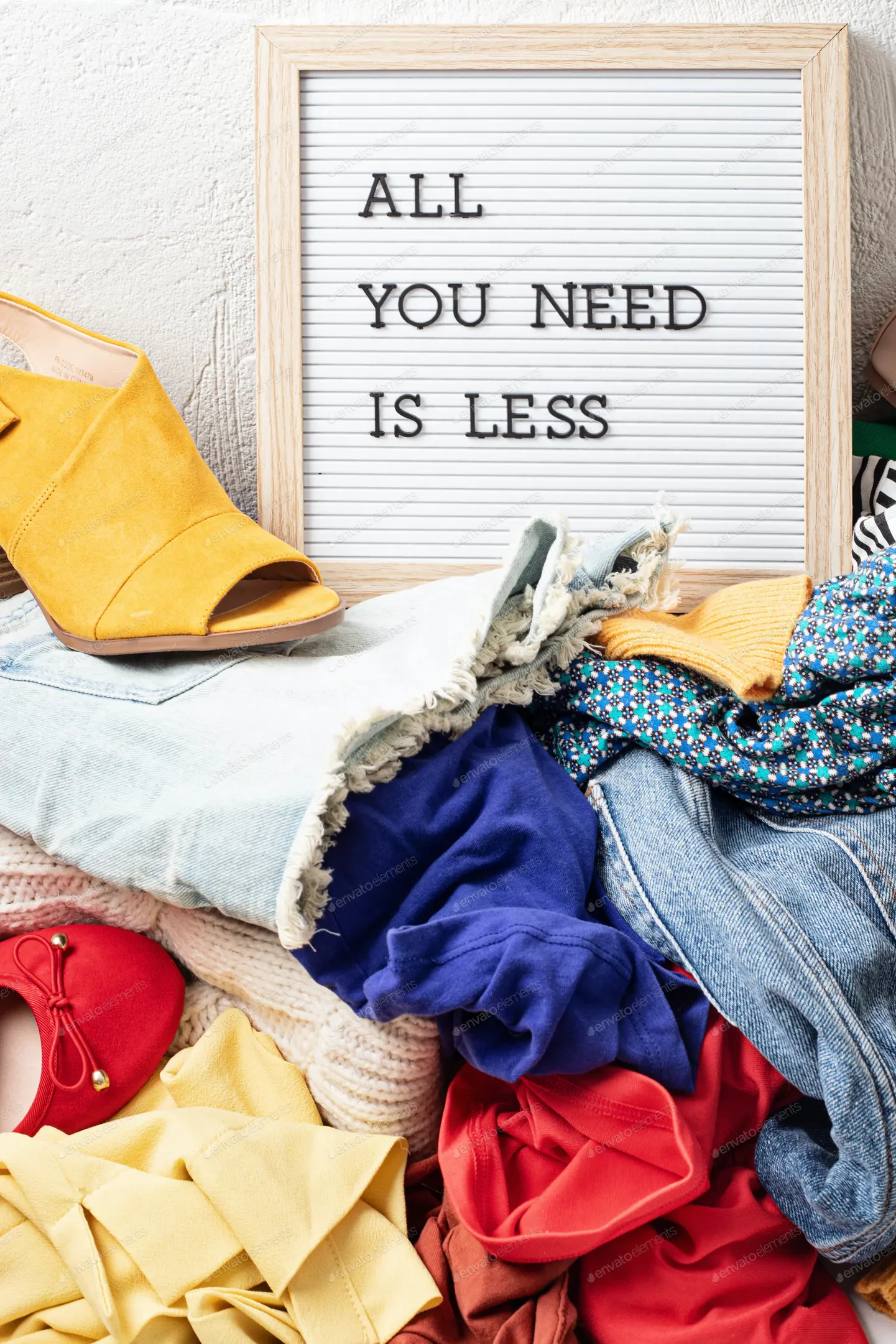
examples of stores in Luxembourg:
- Trouvailles (Luxembourg city, 2nd hand shop)
- Pardon my closet (Check their Facebook to know where they are currently)
- Pilea (Luxembourg city, 2nd hand clothes)
- Rethink your clothes (Luxembourg city, upcycling)
- Royal second hand (Luxembourg city, 2nd hand shop luxury items)
- Akabobuttek (Luxembourg city, Fairtrade clothes)
- Lena Sarl (Luxembourg city, 2nd hand shop luxury items)
- Caritas (Esch, 2nd hand clothes + kids)
- Benu (Esch, upcycled clothes)
- Weltbuttek (Esch, Fairtrade clothes)
- Devï (Bonnevoie, upcycled clothes)
- Secondhand4kids (Ettelbruck)
6) Rent & Swap
Renting clothes gives you the opportunity to wear something new without paying its full price. This is especially agreat idea when it comes to parties or rare occasions. Moreover, it’s important that we embrace the circular economy of renting clothes.
You could also swap clothes with friends or family members to participate in a happier fashion future. Ethical fashion is more than how the garment is made, it’s also about the idea of making clothes last, enjoying wearing these items and maximize its use to not end up in a landfill. Swapping clothes is great because what is old for you, is new to someone else and vice versa, creating happiness for the new wearers.
7) Change how you wash
To minimize microfiber pollution in the ocean and the air due to our synthetically made clothes, we can change the way we wash them:
- Wash less often and hand wash where that’s an option (ex: removing a stain on otherwise good to go jeans)
- Use a shorter washing cycle at a lower temperature (30 degrees or ‘’eco’’ mode) ⮕ the longer the wash, the more time for micro-plastics to be released
- Wash similar textiles together ⮕ fibers can be released when tougher fabrics rub up against softer ones (use liquid detergent instead of powder)
- Do full washes rather than half full washes ⮕ less space allows less friction
- Substitute dryer usage with open-air drying
8) Know where to buy:
The less we buy, the better, but if you really want to buy something or are searching for something in particular, it’s important to know where you could find these items ethically. There are many websites that highlight ethical brands and select them for their respect of these values.
Here are some great ones: WeDressFair, Happy New Green, SloWeAre, Goodonyou, Modetic, El Market, Dressing responsable,
9) Break up with Fast Fashion
Now that you’re more familiar with the existing alternatives, you might feel more encouraged
to start your ethical journey. The next step would be breaking up with Fast Fashion. Start by unfollowing their Instagram accounts and hitting that “unsubscribe” button at the end of their emails. Avoid going to their shops in town. The constant promotion of cheaply-made clothing that fills our social media and our streets has made mindful consuming harder, and cutting off that problem from its source is the best way to combat it.
By following these steps, we as consumers, would reduce emissions by more than half. And while all of these gestures seem small or insignificant, they end up making a huge difference.
Sources :
https://goodonyou.eco/5rs-of-fashion/
https://www.bbc.com/future/article/20200710-why-clothes-are-so-hard-to-recycle
https://www.muudana.com/mode-ethique-definition/
https://www.thegoodtrade.com/features/what-is-ethical-fashion
https://ethicalmadeeasy.com/what-is-ethical-fashion/
https://ethicalmadeeasy.com/3-ways-to-participate-in-ethical-fashion-when-you-can-hardly-pay-rent/
https://goodonyou.eco/what-to-do-about-microfibres/
https://www.commonobjective.co/article/faces-and-figures-who-makes-our-clothes
